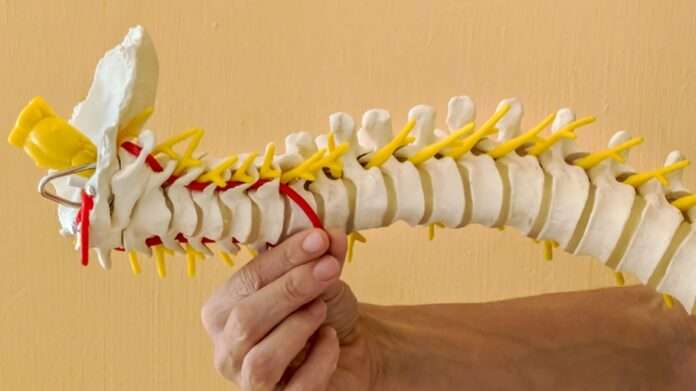Dealing with persistent back pain can be a challenging experience, and practitioners are always on the lookout for the most effective ways to relieve their patient’s discomfort. In recent years, spinal decompression has emerged as a popular and successful treatment for those suffering from various spine-related concerns. This article aims to shed light on the essential aspects of this groundbreaking process, helping medical professionals understand its potential benefits and applications in addressing back pain issues.
The Science Behind Spinal Decompression
Spinal decompression is a non-surgical treatment that aims to alleviate pressure on the spinal discs and nerves. It does so by gently stretching the spine and creating space between the vertebral bones. This process promotes the flow of essential nutrients, oxygen, and water to the spinal tissues, facilitating healing and providing pain relief.
Owing to its non-invasive nature, spinal decompression is considered a safer and more accessible alternative to traditional surgical procedures, such as spinal fusion surgery or laminectomy.
The Role of a Spinal Decompression Machine
A spinal decompression machine plays a vital role in facilitating this innovative treatment. These machines are designed to apply controlled and precise force to the spine, ensuring the process remains as comfortable and accurate as possible for the patient.
By selecting the right spinal decompression device and ensuring its proper usage, practitioners have a powerful tool in their arsenal to address a wide range of back pain conditions, including bulging or herniated discs, sciatica, and degenerative disc disease.
Candidates for Spinal Decompression
Spinal decompression therapy is suitable for patients experiencing chronic back pain due to disc-related conditions or nerve compression. Some common indicators that a patient may benefit from this process include:
- Persistent neck or back painthat does not improve with conservative treatments.
- Evidence of nerve compression, as seen in imaging studies.
- Pain radiating down the arms or legs (sciatica).
It’s essential to consult with a medical professional to determine the most appropriate course of action for each patient, considering individual circumstances and medical history.
In Conclusion
Spinal decompression therapy has emerged as an effective, non-surgical solution to managing chronic back pain. With the help of cutting-edge spinal decompression machines and the expertise of qualified medical professionals, patients can now find relief from the pain caused by disc-related and nerve compression issues. As with any medical treatment, the key to success lies in better understanding the process, its applications and ensuring that patients receive the most suitable care tailored to their individual needs.






